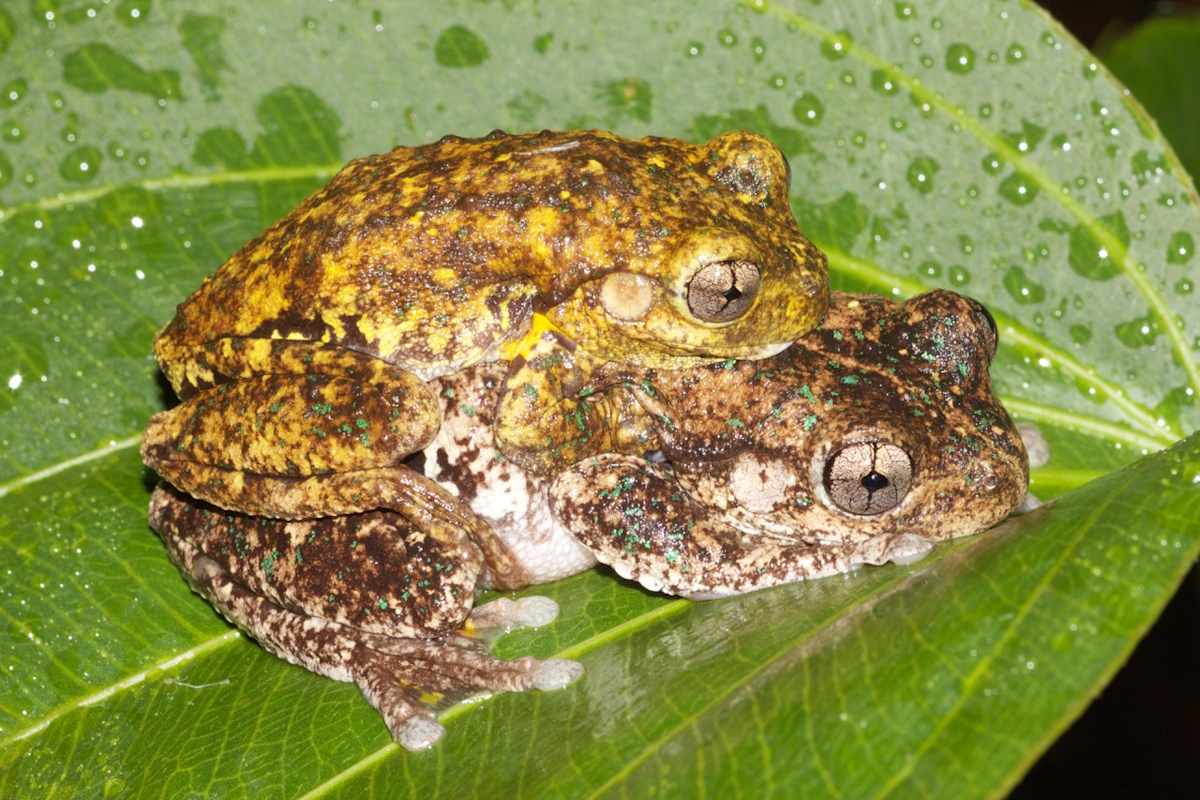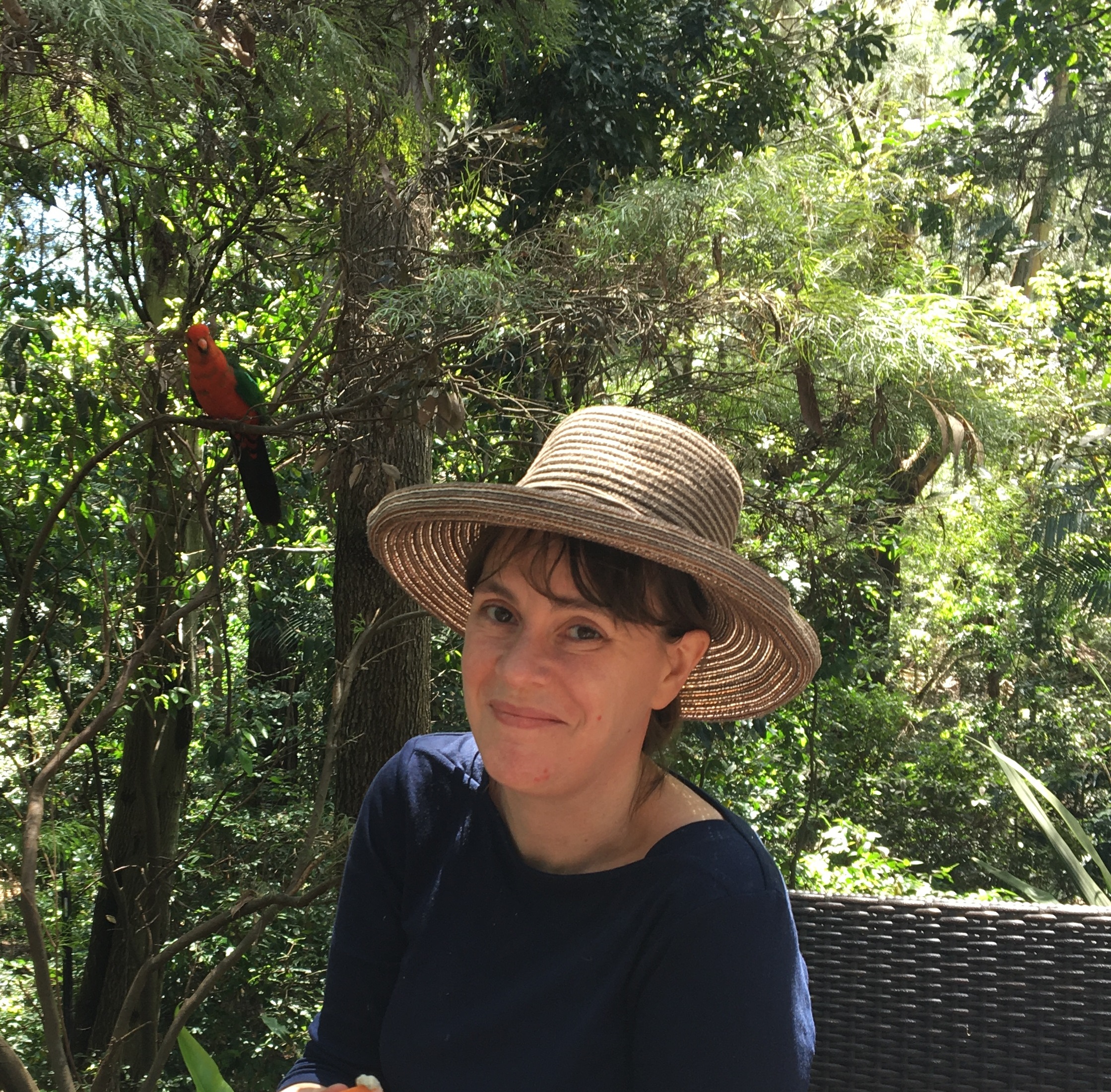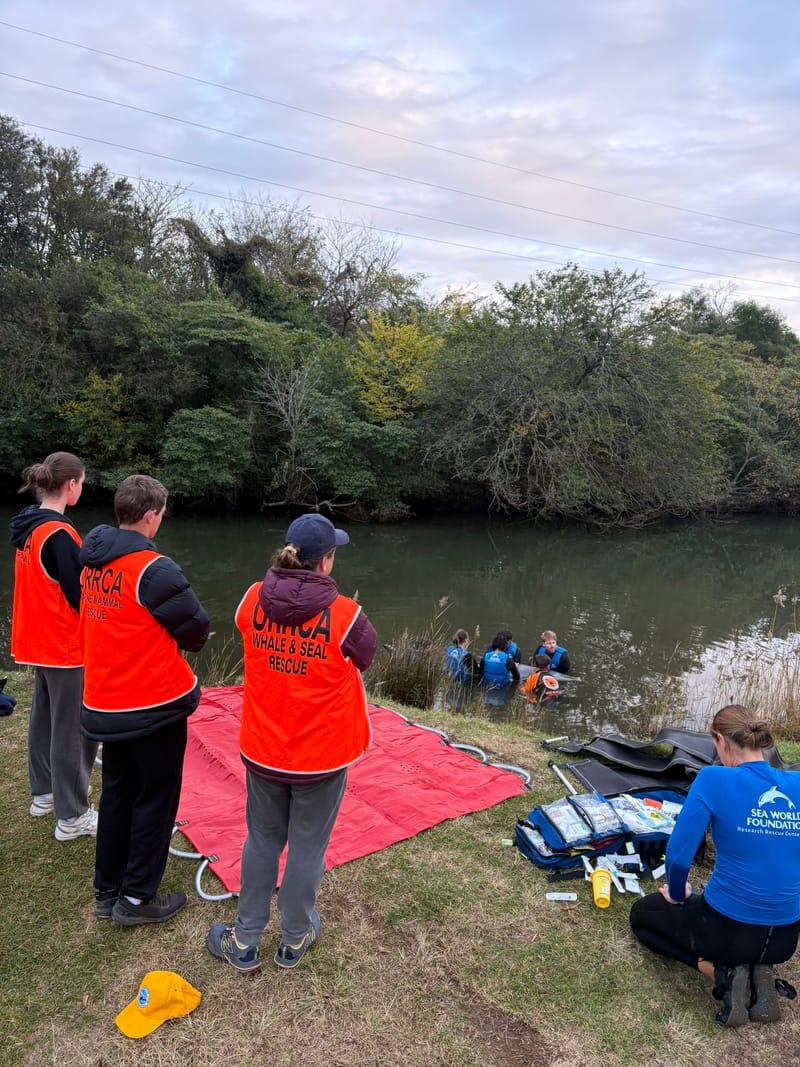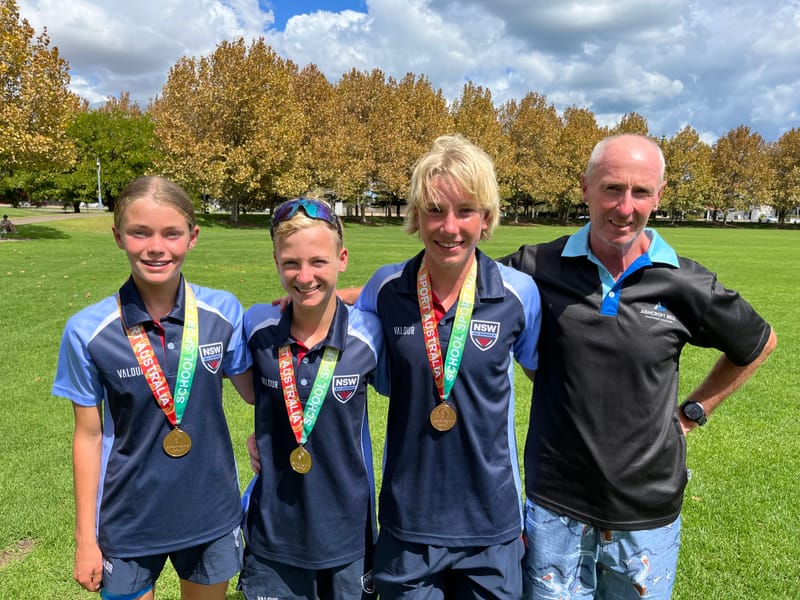Gardening for frogs in the Illawarra
Cool weather is here, it's bracing and refreshing, the wind rushes in from the west and south, down gullies and across the plain. I don't enjoy it, but I feel even more for the frogs. There are sixteen-odd local frog species across the Illawarr...
Frogs absolutely love gardening. You won't see them out there with spades and secateurs, but you do definitely see them enjoying the fruits of people's labour.
The type of gardening they enjoy is the sort that provides them with habitat. This could be adding a pond to a garden or park area, maintaining a compost heap (aka 'frog larder') full of yummy insects to eat, growing local native plant species, or even just reducing the use of pesticides and herbicides.
It's amazing how quickly frogs will turn up in an area of suitable habitat even when it's a long way from a permanent water body.
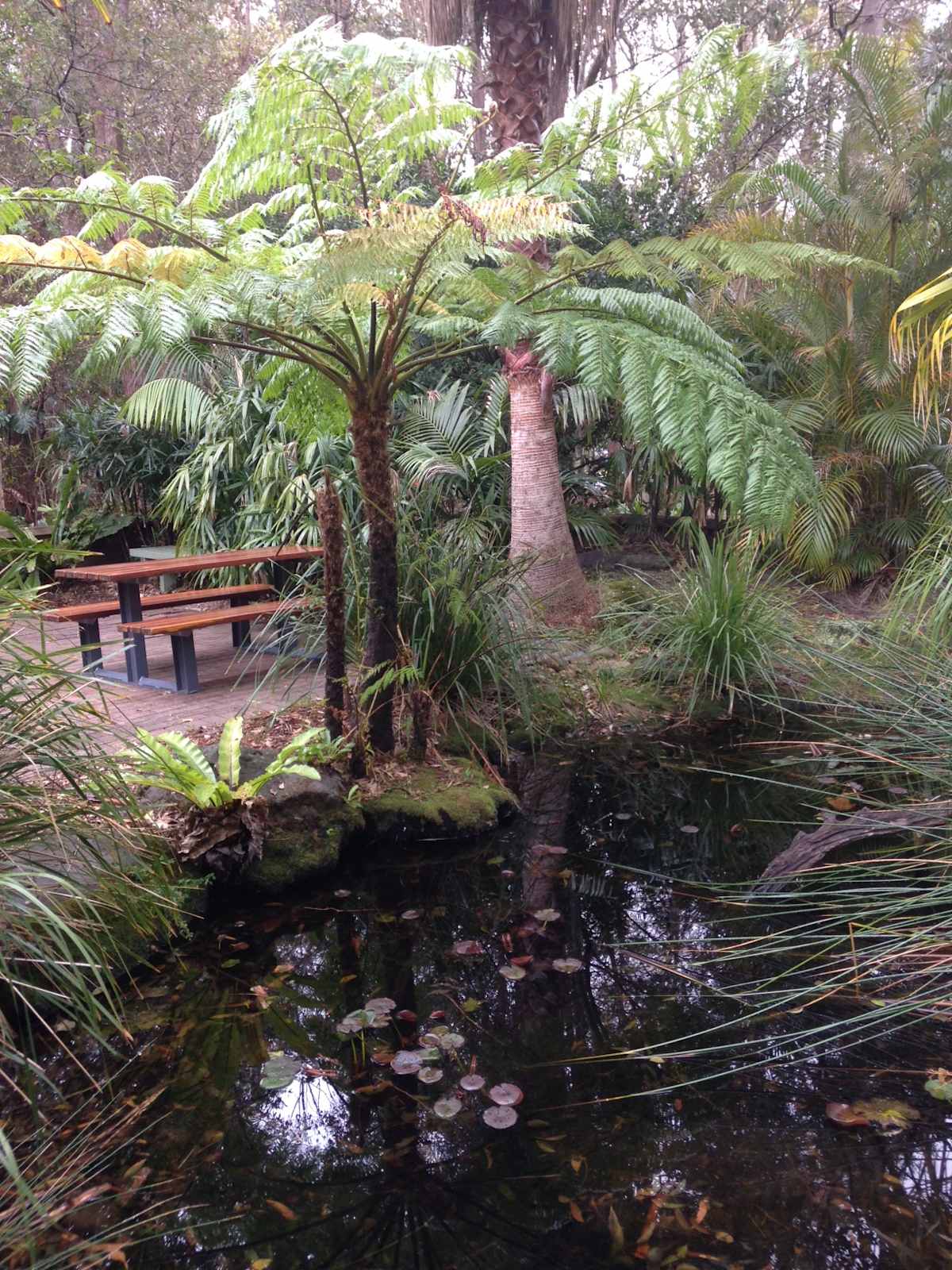
The Illawarra is home to over 30 different frog species, which live in a range of different habitats and conditions.
Some of the most common and adaptable species that you might see in a garden or park near you include the Eastern Dwarf Tree-frog (Litoria fallax), which loves creekside situations and is often seen at the University of Wollongong, hanging out on the leaves of Lomandra (L. longifolia); Peron's Tree Frog (Litoria peronii), which can survive well away from permanent water and can be recognised by the distinctive cross-shape pupil in its eyes; and the more-or-less ubiquitous Striped Marsh Frog (Limnodynastes peronii), with its monotonous 'tock tock tock' call and its tendency to exclude other frog species.
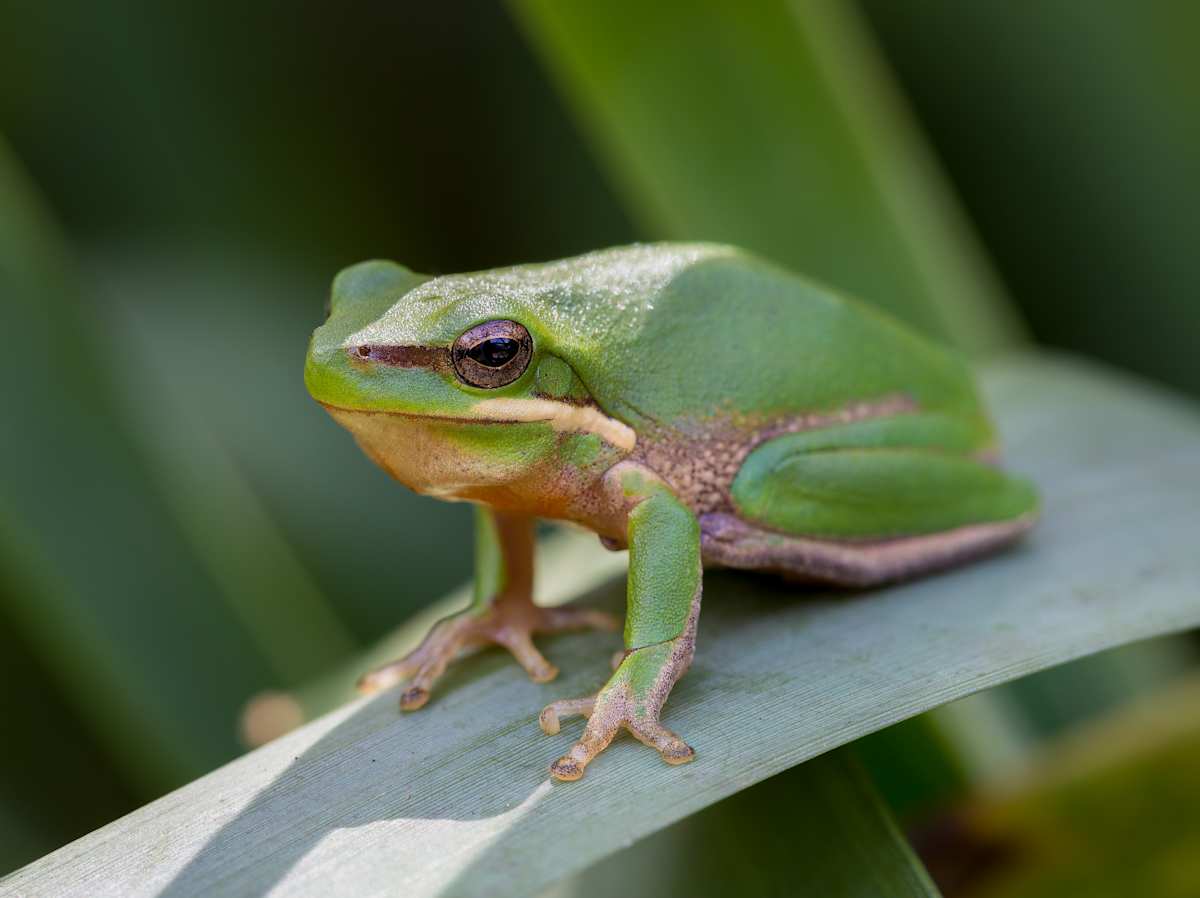
So basically, more or less whatever you do in a garden or park situation has a potential influence on frog habitat. Grow more local plants – tick. Add a pond or pool or stream – tick. Provide insects via a compost heap – tick.
This frog pond guide from Sustainable Gardening Australia gives a few tips that are directly relevant in the Illawarra. You can also check out the guidance at Growing Illawarra Natives, where zoologist Garry Daly has compiled a list of useful plants to attract frogs. These will work for the more common frog species. You could even build a 'frog sauna' to help frogs cope with the exotic chytrid fungus that is decimating so many frog species.
It's a different matter for the uncommon and threatened frogs in the region, such as the Red-crowned Toadlet (Pseudophryne australis) and the Green and Golden Bell Frog (Litoria aurea). They generally require specific conditions and support that are beyond the capacity of local gardening efforts.
But we can all do our bit by planting local native species, removing weeds wherever we can, avoiding use of pesticides and herbicides, and supporting environmental restoration and wildlife conservation efforts across the region. Please keep gardening for frogs!
